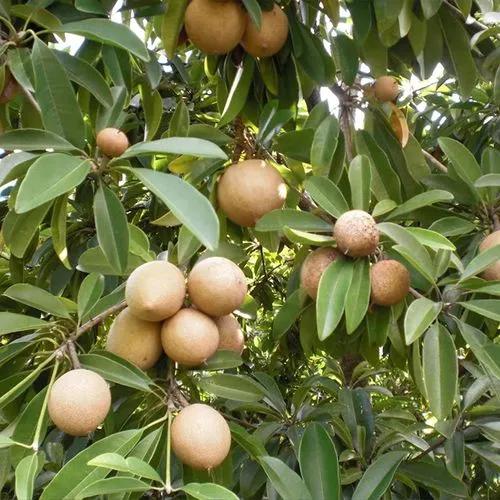Growing a Mango tree can be a rewarding but challenging endeavor. While garden-planted trees are more likely to yield fruit, potted varieties, like the dwarf one, can also bear fruit if exposed to sufficient sunlight. But even if indoor Mango is not fruiting, it’s still a nice exotic touch to any room.
Mango Care
Mangifera indica



Given the right conditions, Mango can produce a lush canopy with oblong green leaves and white flowers from December to March, followed by fruit 3 to 5 months later. While suitable for tropical and warmer subtropical climates like California, Florida, Hawaii, and Puerto Rico in the United States, their size, typically reaching 30 to 100 feet (9-30 meters), makes them a little challenging for indoor growth, but don’t be discouraged, those enormous sizes are almost impossible in a room.
How to Care for the Plant

Water

Regularly water the young Mango, especially during the first 2 years, ensuring the top several inches (around 5 cm) of soil remain consistently moist. Water directly over the root zone and along the taproot, allowing the water to penetrate the soil thoroughly. Additionally, use a spray bottle occasionally to mist the leaves for cleanliness and to enhance humidity.

Pruning

Regularly prune your indoor tree using sharp, clean hand pruners to maintain its shape and size. Focus on removing broken, dead, or crossing branches to encourage branching and enhance airflow and sunlight penetration within the canopy. Late summer is an ideal time for it.

Fertilizer

Fertilize it every 3 to 4 months, adjusting the frequency based on the tree's condition and soil health. During the growing season, use a balanced, water-soluble houseplant fertilizer, reducing the frequency in winter and adjusting watering accordingly. After the first year, apply the same one 2-3 times annually to ensure the tree receives necessary nutrients.

Sunlight

They thrive with ample sunlight, requiring approximately 8 to 10 hours of bright, indirect light daily, ideally from westward or south-facing windows. Supplemental lighting may be necessary even with well-lit areas if you really want to see the fruits. Consider using LED grow lights placed at a moderate distance from the plant, set on a 12-hour timer for optimal growth. However, bear in mind that indoor mango trees may not bear fruit as abundantly as outdoor ones.

Soil

Choose a potting mix that provides good drainage and moisture retention – they might feature a blend of clay, loam, and sand. You can also find specialized mixes for Mango or fruiting trees at gardening stores. For an ideal mix, combine forest floor mulch, compost, and pumice to ensure the pot remains lightweight and easy to move for sunlight exposure.

Propagation

During the summer, you can propagate Mango from cuttings, although this method may not always yield a good root system. Start by cutting a 6- to 8-inch (15-20 cm) section of a healthy branch, stripping the lower half of its leaves, flowers, or fruit. Dip the cut end in rooting hormone (it would boost the growth) and plant it in a container with a well-draining, moist soilless potting mix. After. place the container in a warm, humid location with indirect sunlight, ensuring the soil remains consistently moist. Finally, use a heat mat to maintain the soil temperature between 75 and 85°F (21-29°C) to help root development, which typically takes a few weeks.

Temperature

Maintain temperatures between 70-85°F (21-29°C) and humidity levels around 60-80%. Provide additional humidity using a humidifier or by placing the tree near a water source. Of course, based on its natural habitat, Mango prefers tropical climates, really liking the temperatures between 80 and 100°F (27-38°C), although they can withstand 50°F (10°C).

Container

A suitable pot is the one that has good drainage and adequate space for root growth. If planting a seedling, choose a small pot, or measure the root ball to select the right size. Add gravel at the bottom for better drainage and plant the tree with the root ball spread open. Be cautious while transferring the young sapling to avoid harming its delicate roots.

Fun fact

Mango trees are renowned for their long lifespan and considerable size, with some trees surviving for more than three centuries. This fruit holds cultural and culinary significance in various regions, being a staple ingredient in a range of dishes from salads and chutneys to smoothies and desserts.

Popularity

28,605 people already have this plant 2,811 people have added this plant to their wishlists
Discover more plants with the list below
Related articles






